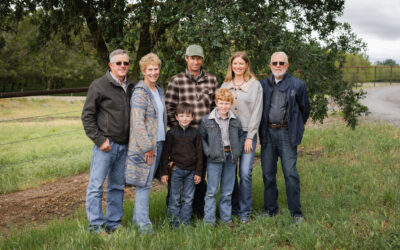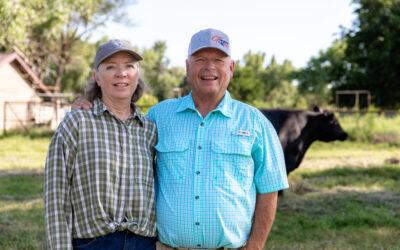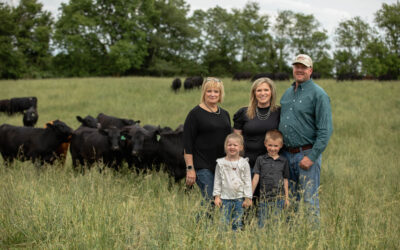
Following the calves: Proud to pass it on
“I don’t want to be the generation that screws it up.”
South Dakota rancher Troy Hadrick told me that as we discussed all the changes he’s seen in four years at the helm of his family’s commercial Angus herd.
“I marvel at what my grandfather was able to do coming through the Depression and keeping it together. I marvel at what my dad and uncle were able to do in the ’80s, keeping this place together,” he says.
I suspect he doesn’t have anything to worry about…but the stakes are high.
Troy and his wife Stacy want to be sure that if any of their three kids, Teigen (14), Olivia (11) and Reese (9), want to come back to ranch, that they have the opportunity.
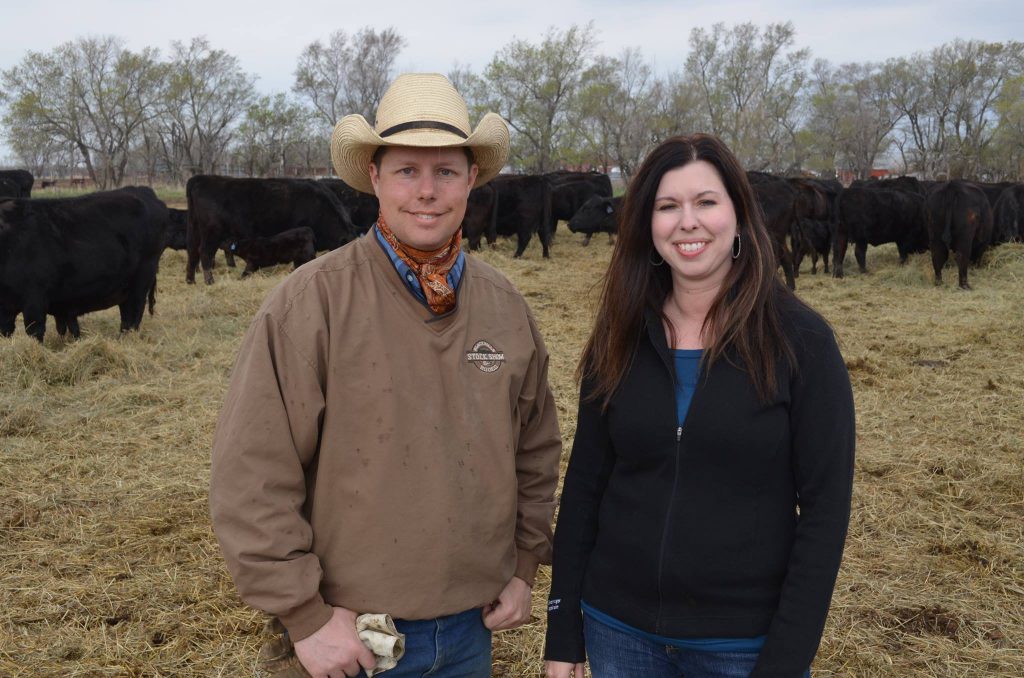
But taking over in 2012, he already felt behind.
“I was thinking at the time, ‘Okay, I’m in my late thirties. How many years do I have in this business and can I get my cowherd where I want to be in that amount of time?”
“It was overwhelming,” he recalls, but with the help of DNA technology, he did in four years what he thought might take a decade or more. For example, no Primes on the first report turned into 18% in the most recent data.
When Troy decided to try GeneMax, he went all in, testing both his steers (to get a gauge on how they might feed) and his heifers (to help pick replacements). Sending nice-looking heifers down the road took some getting used to.
“If I’m going to spend the money, then I’m going to believe the data until it proves me wrong,” the producer says, noting it would be of no use sitting in the file cabinet, while continuing on the same path. “I had to commit to using the data sets to improve the cows.”
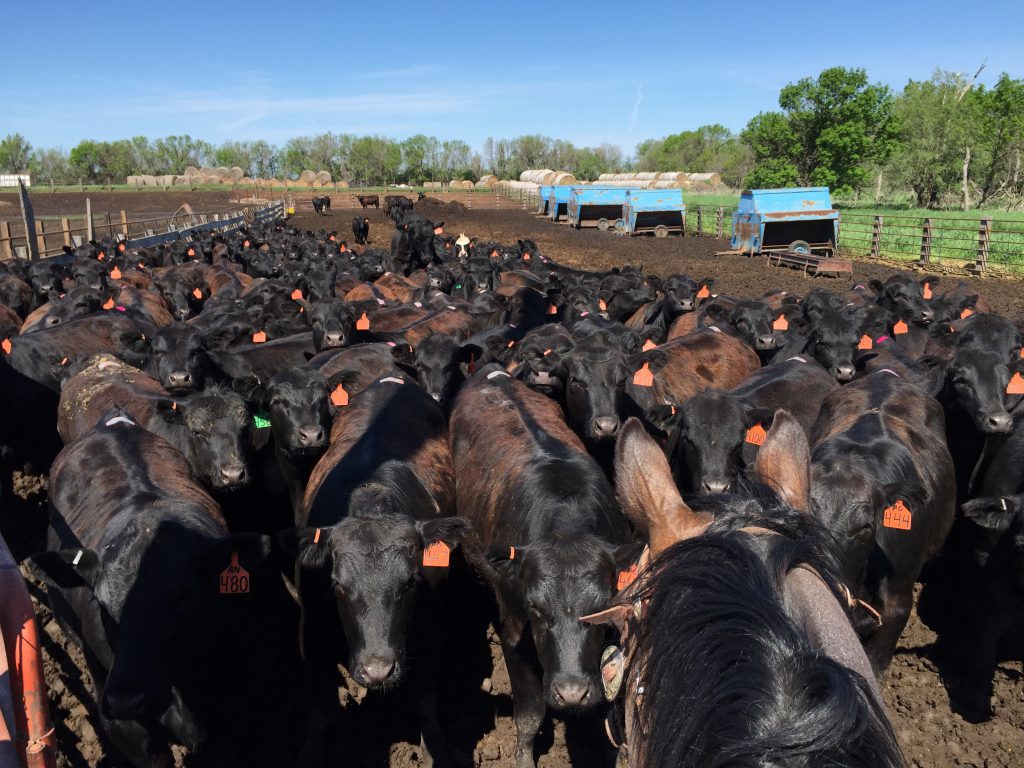
After three years, the results have matched up with individual carcass data he gets back from the feedyard and U.S. Premium Beef.
“The decisions are getting easier, because I’m not having to guess whether it would be a good idea to feed cattle or not,” Troy says. “I’m not guessing which heifers we should keep or which ones we should sell. Now we’ve got information that we can use to make a good decision.”
“You don’t have to go to bed at night worrying, panicking, did I make the right call?”
The March through May-born calves were weaned in late September. As they stepped up on a backgrounding ration, the relatively warm fall gave way to a cold spell as of late. They’re hoping for good weather as the 700-pound steer calves are about to make the journey to Irsik and Doll Feed Yard, Garden City, Kan., where Troy has retained ownership for four years.
“My job here is to make sure they’re good and healthy. My job is to make sure they know what a feed bunk is,” he says. “If they’re nice and warmed up, when they get down there, they can really go to work.”
That’s the plan: they’ll travel south, they’ll eat, they’ll break last year’s best. We’ll check back in, to see how that’s working and talk a little about the heifer calves, too, in our next installment. Stay tuned!
May your bottom line be filled with black ink,
Miranda
P.S.–To learn more about the Hadrick herd, check out on the first post on “Rapid change.”
—
We’re “Following the calves” across the country, too. Travel from Oklahoma to Montana in these introductory installments:
You may also like
Legacy in the Golden Land
On a quiet stretch of Northern California rangeland, a different story unfolds. The Borror family’s legacy modestly speaks through the cattle they raise, the ground they steward. The generations who’ve made a life here demonstrate commitment to doing things right, even when no one is watching.
Helping Hands, Helping Herds
“When I die, I want to come back as one of your cows,” murmurs a friend to Steve Zybach. Full to the brim from an alfalfa ration every day, bountiful fields of lovegrass stretched out across the Texas Panhandle—and owners who leave no ounce of cattle care up for question. The Zybachs’ motivation for this level of dedication to their Angus cattle is simply love.
An Ambassador for All
Joanie, with daughter Lindsey and her husband, Adam Hall, raise registered Angus cattle with two primary goals: producing high-quality seedstock that perform well in a wide variety of environments and ensuring end-user satisfaction. Those goals tie everything together, from promoting Angus to other producers to sharing their story with CAB partners and beef consumers.

